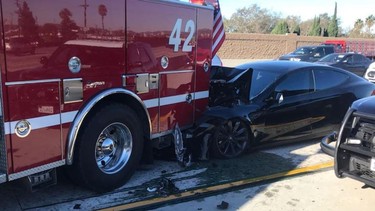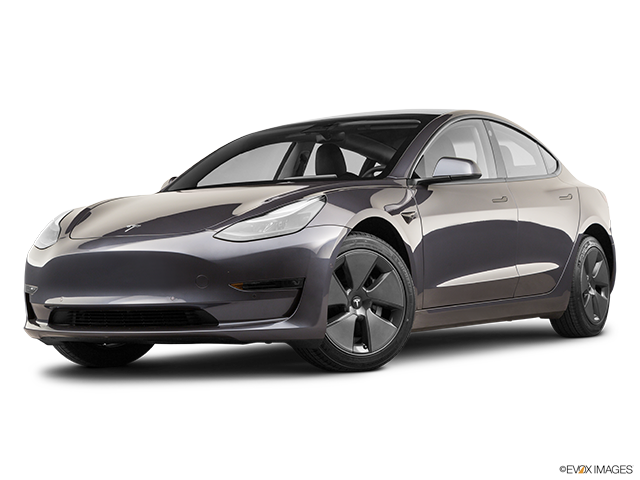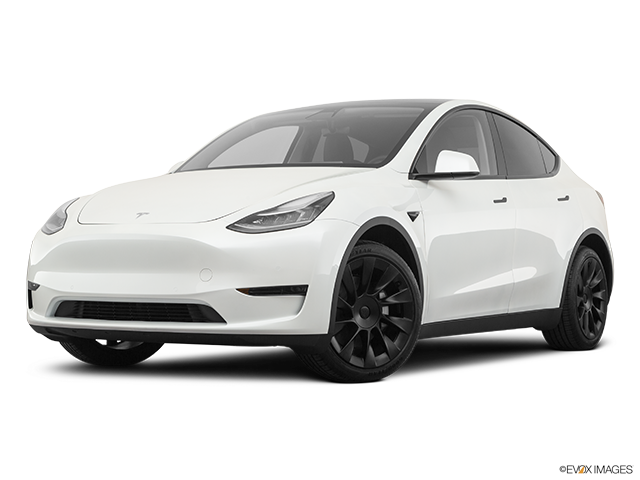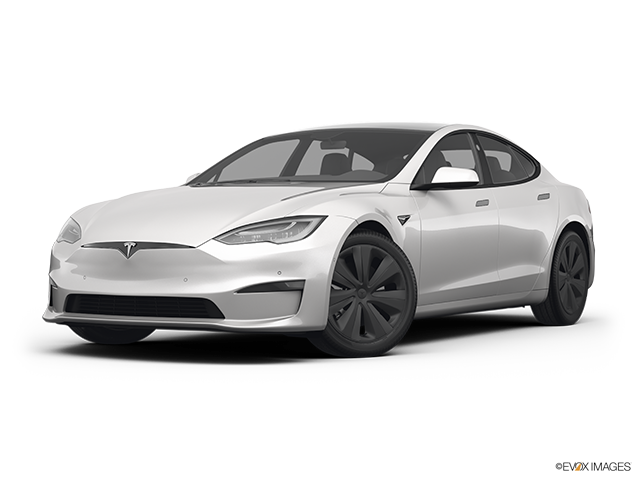Spotting a fire truck ahead is easy for people, not so for cars
Research shows autonomous driving tech better at detecting moving vehicles than parked ones

Article content
To the human driver, it would have been an obvious obstacle: a police car and fire truck, emergency lights blazing, blocking the lane ahead.
But to the Tesla Model S traveling down a Southern California freeway last year on Autopilot, it was a far more vexing technical challenge that’s inherently difficult for the growing number of vehicles that automakers are equipping with driver-assist systems.
The car slammed into the rear of the fire truck, resulting in no injuries but drawing the attention of federal investigators concerned about the emerging technology.
“It’s not unique to Tesla,” said David Zuby, chief research officer at the Insurance Institute for Highway Safety, which has studied how automated driver-assist systems perform. “We’ve seen evidence in our test driving of other systems with this kind of problem.”
The radars and cameras used to sense obstructions ahead each have their limitations and computer software that evaluates the data is still a work in progress, according to the experts and advocates. In many cases, they are better at tracking moving vehicles ahead than recognizing parked ones.
To be sure, automated driving systems have clear potential to improve traffic safety by supplementing the driver. Automatic emergency braking alone has been found by IIHS to reduce rates of rear-end crashes by half, and the insurer-funded group estimates that the system could reduce police-reported crashes of all types by 20 per cent.
So far, Tesla is the only carmaker cited by the U.S. National Transportation Safety Board in an accident investigation for how it designed its partially autonomous system, but the case highlights the broader limitations of similar technology. It also puts a spotlight on a related concern: how to keep the imperfect humans behind the wheel engaged.
The sensors on a Tesla and other cars are relatively good at following a vehicle in the same lane and adjusting speed to maintain a safe distance. But when a vehicle changes lanes — known as the “cut-out scenario” — it can leave the trailing vehicle’s sensors struggling to assess what’s ahead.
“The cut-out is one of the hardest scenarios,” said Phil Koopman, an engineering professor at Carnegie Mellon University and co-founder of Edge Case Research, a Pittsburgh-based autonomous vehicle technology company. “There’s no question about that.”
The radar and camera system on the Tesla involved in the Jan. 22, 2018, crash in Culver City, California, didn’t “see” the fire truck in time to brake, according to the NTSB. The car’s automatic braking system didn’t activate, though it gave the driver a collision warning 0.49 seconds before impact, the investigation found.
The Tesla sped up after the vehicle it had been following changed lanes several seconds before the impact, hitting the fire truck at 31 miles (50 kilometers) per hour.
The Model S involved in the crash was a 2014 model. Since 2016, Tesla’s vehicles have received additional cameras, improved automatic braking and, according to the company, they can better handle the cut-out hazard.
Tests to replicate cut-outs were found to be one of the most challenging to automated driving systems examined in 2018 by Euro NCAP, which tests and assigns safety ratings for vehicles in Europe.
Automated driver-assist systems on some models tested last year by Euro NCAP found several vehicles struggled to automatically handle stationary objects and in the cut-out scenario. The Mercedes-Benz C-Class, BMW 5 Series and Nissan Leaf, for example, offered “limited” or “very limited” automated support and primarily relied upon the driver to handle the situation.
But it’s not just a sudden lane change that can flummox such systems, Koopman said.
The radars typically used on vehicles that have automated braking can’t distinguish very well between a road sign and a stopped vehicle, he said. If a car slammed on the brakes for every object it sensed ahead, it would cause endless false alarms.
That can pose risks, too. More than 80 late-model Nissan Rogue drivers have complained to auto regulators that the SUV’s automatic emergency braking system activated unintentionally, 10 of whom claimed the misfire occurred when the road ahead was clear. The National Highway Traffic Safety Administration may open a defect inquiry into the issue after the Center for Auto Safety, a consumer advocacy group, reported the complaints to the agency.




























Postmedia is committed to maintaining a lively but civil forum for discussion. Please keep comments relevant and respectful. Comments may take up to an hour to appear on the site. You will receive an email if there is a reply to your comment, an update to a thread you follow or if a user you follow comments. Visit our Community Guidelines for more information.